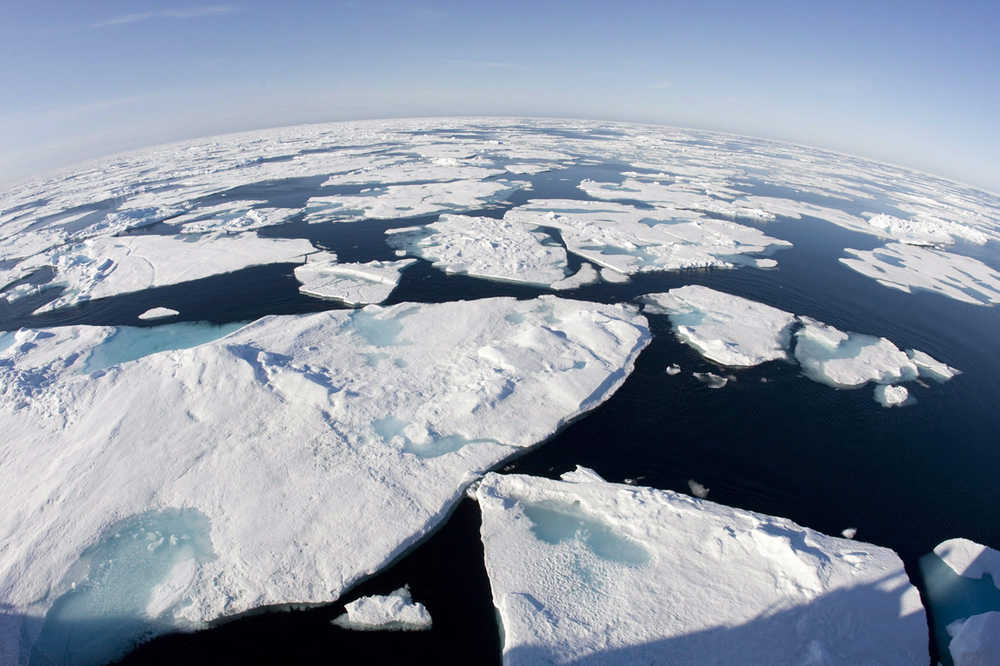NEW YORK — The warming Arctic has set another record.
The average air temperature over Arctic land reached 2.3 degrees F (1.3 degrees C) above average for the year ending in September. That’s the highest since observations began in 1900.
The new mark was noted in the annual Arctic Report Card, released Tuesday by the National Oceanic and Atmospheric Administration. The Arctic centers on the North Pole and reaches into North America and Eurasia.
“Warming is happening more than twice as fast in the Arctic than anywhere else in the world. We know this is due to climate change,” NOAA chief scientist Rick Spinrad told reporters in San Francisco at a meeting of the American Geophysical Union.
Another record emerged for sea ice, which appears when Arctic Ocean water freezes. When it reached its peak coverage in February, it was the lowest maximum extent since records began in 1979. The minimum ice coverage, reached in September, was the fourth lowest on record.
The retreat of sea ice is considered a threat to animals like walruses, which use it for mating, giving birth and getting out of the water.
Walruses can use land instead to leave the water, but they are crowding onto beaches where a stampede can be devastating for calves, two editors of the report card told AP.
Walruses have been hauling themselves out on land in northwest Alaska, a recent phenomenon, Martin Jeffries of the federal Office of Naval Research and Jackie Richter-Menge of the U.S. Army Corps of Engineers wrote in a joint email.
Snow cover in June in both the North American and Eurasian parts of the Arctic was at the second lowest level since records began in 1967. Reduced snow cover lets more sunlight through to the land, which absorbs the energy and gets warmer. Since 1979, the extent of June snow cover has been dropping by 18 percent per decade, the study said.

